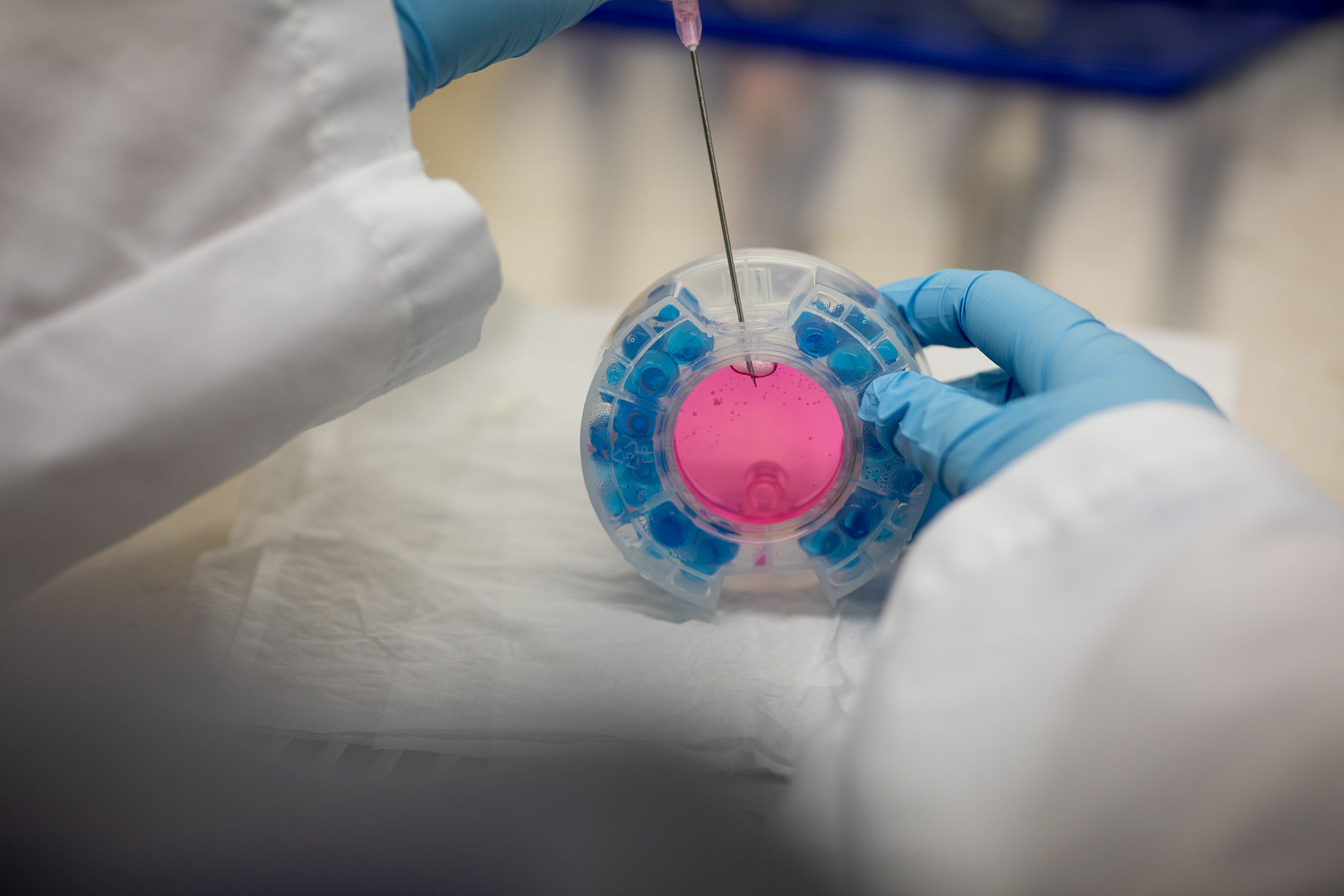
During the fall of 2022, CelVivo took a trip to Japan and South Korea to visit partners and learn more about how the two countries are working with 3D cell culture technology in practice.
The trip gave new insights into inspiring level of creativity in the research groups working with 3D cell culture and the potential applications for the ClinoStar system in their research.
It is no coincidence that Japan and South Korea are at the forefront when it comes to working with 3D cell culture technology. We are impressed by the curiosity and data-driven approach the research groups expel, and there is no doubt this approach, and dedication work ethic will translate into great and innovative results in the future.
But what is it they are doing in Japan and South Korea, that the rest of us can take inspiration in?
The reason behind the success
Both Japan and South Korea are considered to be leaders in 3D cell culture technology, and they have made significant contributions to the field. They have implemented 3D cell cultures in various research fields including but not limited to cancer, drug discovery, personalized medicine, and organoids, as well as using 3D bioprinting to create tissue and organ models for drug testing and medical research.
Additionally, 3D cell culture technology is also being used in Japan for regenerative medicine, with researchers using 3D cell cultures to grow replacement tissues and organs for patients. Overall, both countries are actively leveraging 3D cell culture technology to advance medical research and improve healthcare outcomes.
Read more: See how others are working with the ClinoStar
Some reasons why the countries are particularly good at this technology includes:
Expertise in biotechnology and medical rearches: The two countries have a long history of expertise in biotechnology and medical research, and this has helped to drive its success in 3D cell culture technology.
Industry partnerships: South Korea and especially Japan’s strong industrial base has also played a role in its success in 3D cell culture technology. Many leading companies in the pharmaceutical, biotechnology, and medical device industries are based in Japan and have partnered with academic researchers to advance this technology.
This sort of scientific infrastructure makes it possible for researchers to leverage their research and focus on new methods and technologies for 3D cell culture.
Furthermore, newly conducted research shows that the Asia-Pacific is fastly progressing in technology regarding 3D cell culture, thus having a high forecasting revenue in the coming years.
How are Japan and South Korea working with 3D cell culture technology?
Japan and South Korea both have an ambitions approach to the field of 3D cell culture technology. Examples of this, is the government of Japan that has been focusing increasingly on cell-based regenerative medicine. This has been done through investments in research facilities that has elevated the way they work with 3D cells in Japan. Likewise, South Korea have several R&D projects to cater the high demand for stem cell therapies.
Both Japan and South Korea are approaching 3D methods as a prerequisite for creating functional cell-models. This way of working creates optimal conditions for their cells and elevates their research. 3D research thus becomes a way for them to grow cells in an adapted environment.
Also read: New publications from ClinoStar users
One of the technologies they are using are CelVivos very own ClinoStar. In South Korea they have worked with the system for years, while it’s still relatively new in Japan. Both countries are using the system in their organoid research, working with stem cells and regenerative medicine. The system creates stress-free environment for the cells while gently mixing the media, making it possible to create functional cell models.
A way of working with cell culture that others can take inspiration in.
